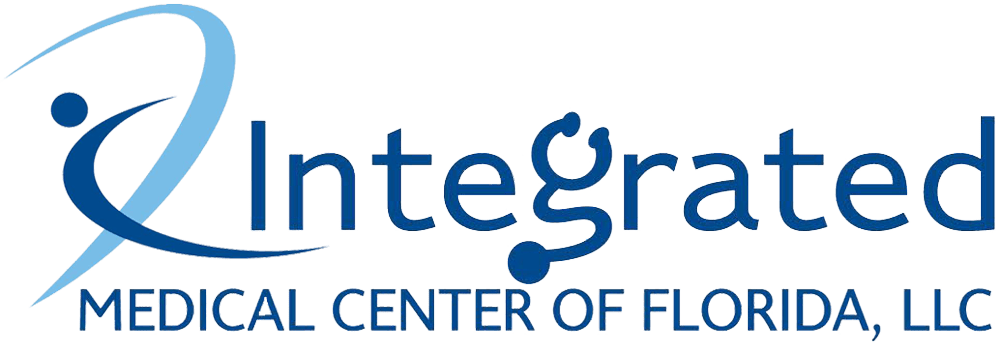Headaches are a very common problem that can have multiple causes ranging from stress to trauma. To make matters worse, there are MANY different types of headaches. One such type is the “cervicogenic headache” (others include migraines, cluster headaches, etc.).
The main distinction between the symptoms associated with cervicogenic headaches and those associated with migraine headaches are a lack of nausea, vomiting, aura (a pre-headache warning that a headache is about to strike), light and noise sensitivity, increased tearing with red eyes, one-sided head, neck, shoulder, and/or arm pain, and dizziness. The items listed above are primarily found in migraine headache sufferers. The following is a list of clinical characteristics common in those struggling with cervicogenic headaches:
- Unilateral (one-sided) head or face pain (rarely is it on both sides).
- Pain is localized or stays in one spot, usually the back of the head, frontal, temporal (side) or orbital (eye) regions.
- Moderate to severe pain intensity.
- Intermittent attacks of pain that last hours to days.
- Pain is usually deep, non-throbbing, unless migraines occur at the same time.
- Head pain is triggered by neck movement, sustained awkward head postures, applying deep pressure to the base of the skull or upper neck region, and/or taking a deep breath, cough or sneeze can trigger head pain.
- Limited neck motion with stiffness.
Infrequently, the cervicogenic headache sufferer can present with migraines at the same time and have both presentations making it more challenging to diagnose.
The cause of cervicogenic headaches can be obvious such as trauma (sports injury, whiplash, slip and fall), or not so obvious, like poor posture. A forward head posture can increase the relative weight applied to the back of the neck and upper back as much as 2x-4x normal. Last month, we discussed the intimate relationship between the upper two cervical vertebra (C1 & C2) and an anatomical connection to the covering of the spinal cord (the dura) as giving rise to cervicogenic headaches. In summary, the upper three nerves innervate the head and any pressure on those upper nerves can result in a cervicogenic headache. Doctors of chiropractic are trained to examine, identify, and treat these types of potentially debilitating headaches.
At Integrated Medical Center of Florida, we have an integrated, non-invasive approach that combines regenerative therapies, chiropractic care and holistic services to help people lead healthier, more active lives. Schedule a consultation today to start living your best life!
Dr. Mike Savignano is a highly skilled New Port Richey chiropractor dedicated to providing gentle and effective care to patients of all medical backgrounds. He believes that excellent health begins with education and prevention and has made it his mission to enlighten patients to ways they can take greater control over their own health.
Call our office to ask questions or schedule an appointment at: 727-816-9616
If you are looking for pain management visit our medical center
https://www.integratedmedfl.com/
FB: https://www.facebook.com/IntegratedCtrFL/
YouTube: https://www.youtube.com/channel/UCciDRLiSGIMQkvb1tOycPww
Instagram: https://www.instagram.com/integratedfl/
Groupon: https://www.groupon.com/deals/integrated-medical-center-of-florida










